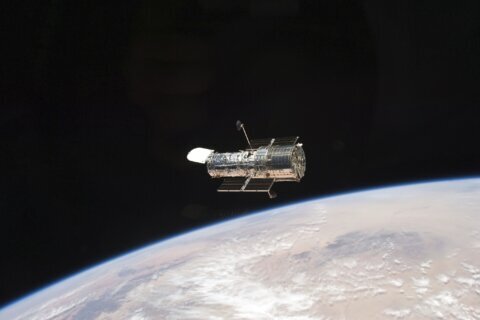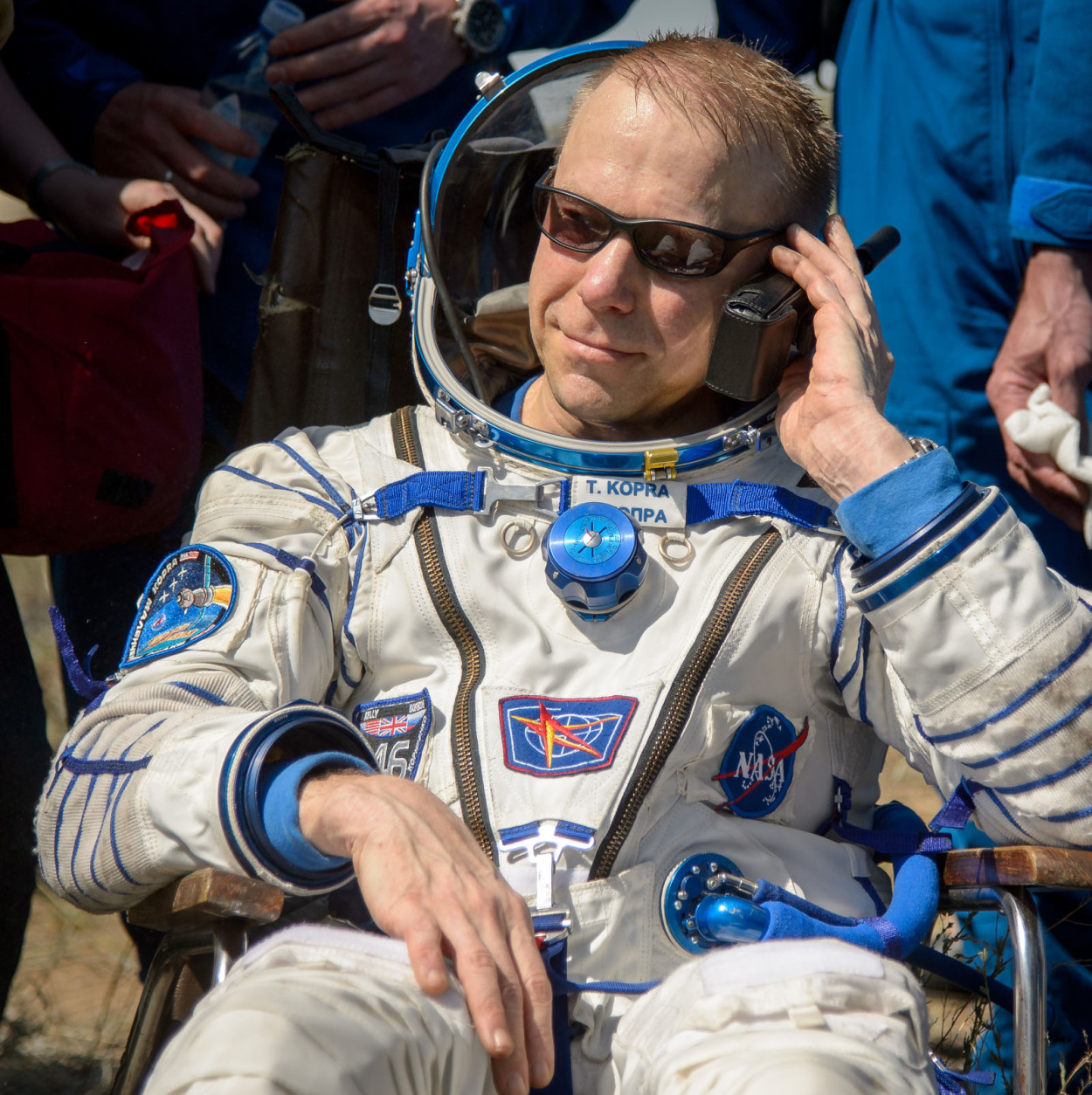

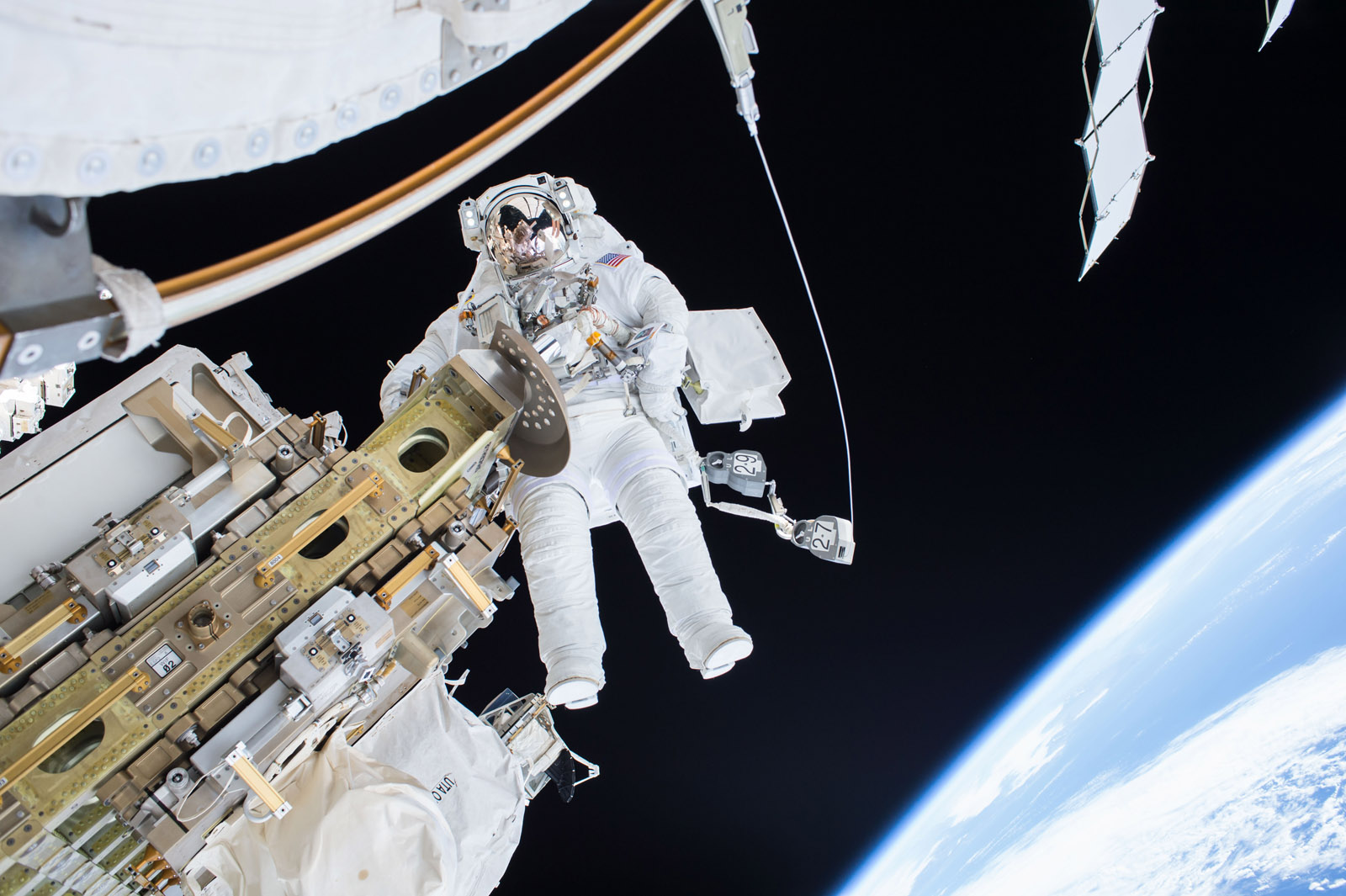
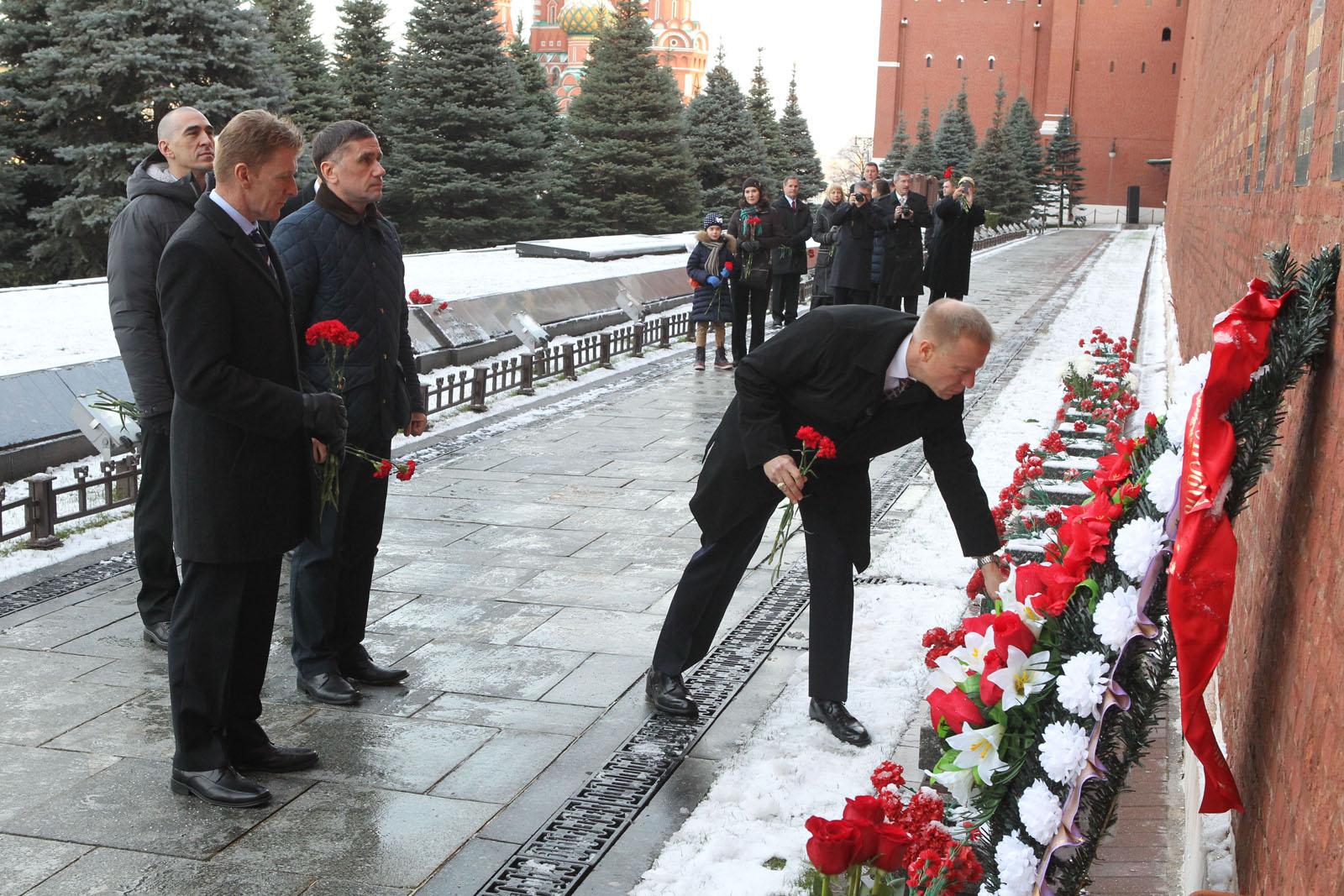
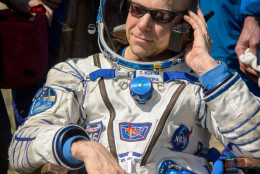

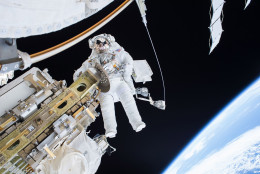
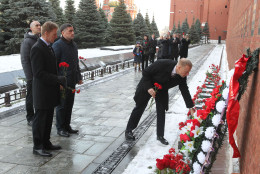
WASHINGTON — Advances in health and safety could happen as a result of recent research at the International Space Station.
NASA astronaut Tim Kopra, who was involved in the research, is now adjusting to life back on Earth after spending 186 days in space.
“You know, I like gravity a lot,” he told WTOP on Friday. He returned to Earth in June.
“It’s really cool being in zero gravity, but it’s actually a lot easier to get around in most respects in 1 G,” he said. “What’s interesting about living in space is that you completely adapt to your environment, so after really just a matter of weeks, zero gravity feels completely normal.”
According to Kopra, the human body seems to really like weightlessness, even though it’s ultimately harmful.
“Your bones lose calcium, your muscles will atrophy unless you exercise. We have some issues that can happen with your eyes in space,” he said. “But you just get very comfortable. You’re floating just like you would in a pool, and it’s very relaxing in that respect.”
However, he said those problems are giving them a chance to learn more about health conditions like osteoporosis.
Other research that could have implications for Earth involve something that would normally count as an emergency on the Space Station.
Combustion “is not supposed to happen” there, Kopra said. However, these experiments were the exception, designed to see how certain materials burn in microgravity.
“Things behave differently in space,” he said. “When you watch things burn in space, it’s like this little orb that burns.”
The experiments could help develop better flame retardant materials for use on Earth and in space. They could also lead to other discoveries about combustion.
“If we can understand how to make it even 10 percent more efficient, that’s a big deal,” he said.
Much of the recent research will also be studied in relation to possible long-range trips, because numerous challenges remain for a trip to a destination like Mars.
“For one, we need to be able to get to wherever we’re going fast, because the longer you take the more risk you’re exposed to,” Kopra said.
Systems that are “really bulletproof,” and that can be easily fixed in the event they do break, would need to be developed, he said. The long-term effects of zero gravity on the human body remain a key issue as well.


